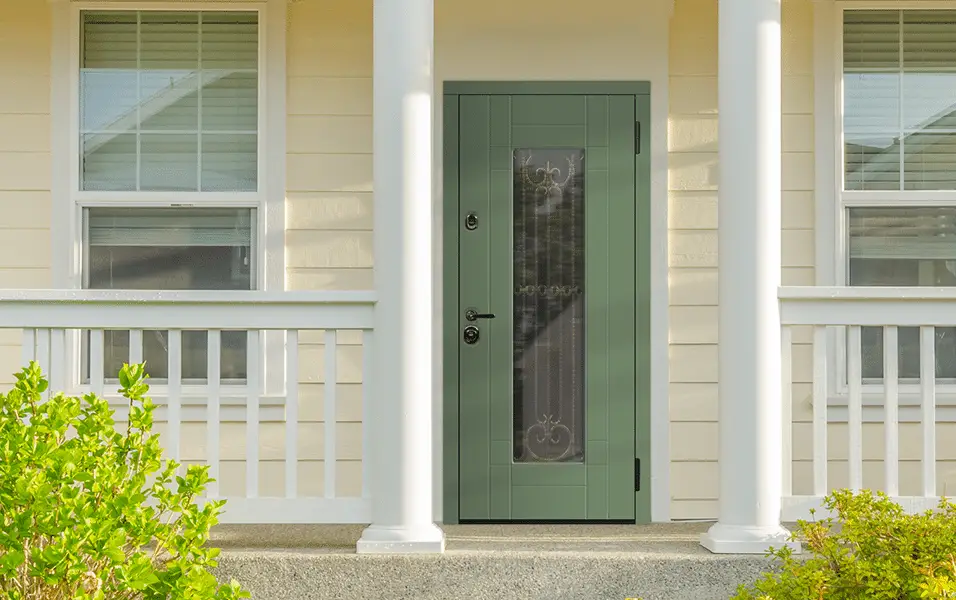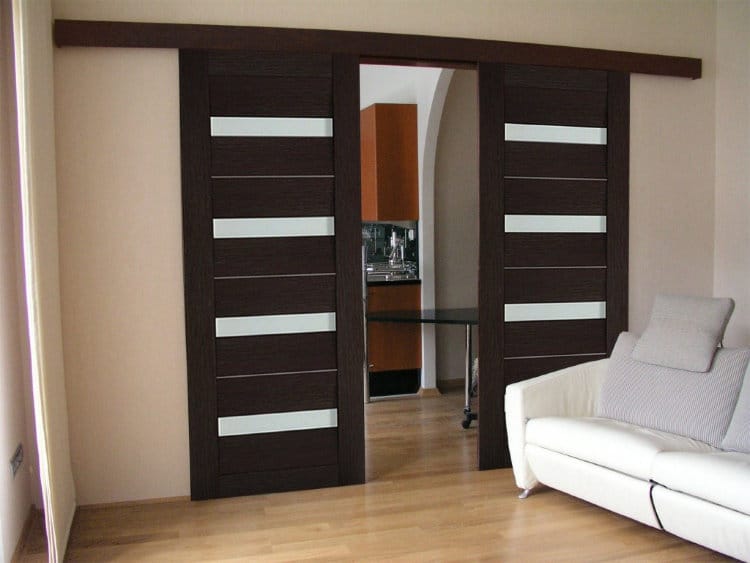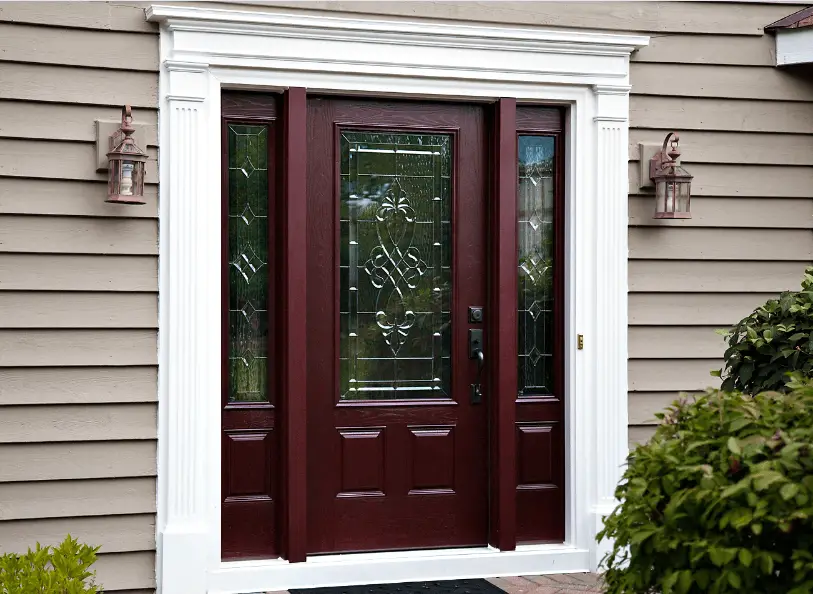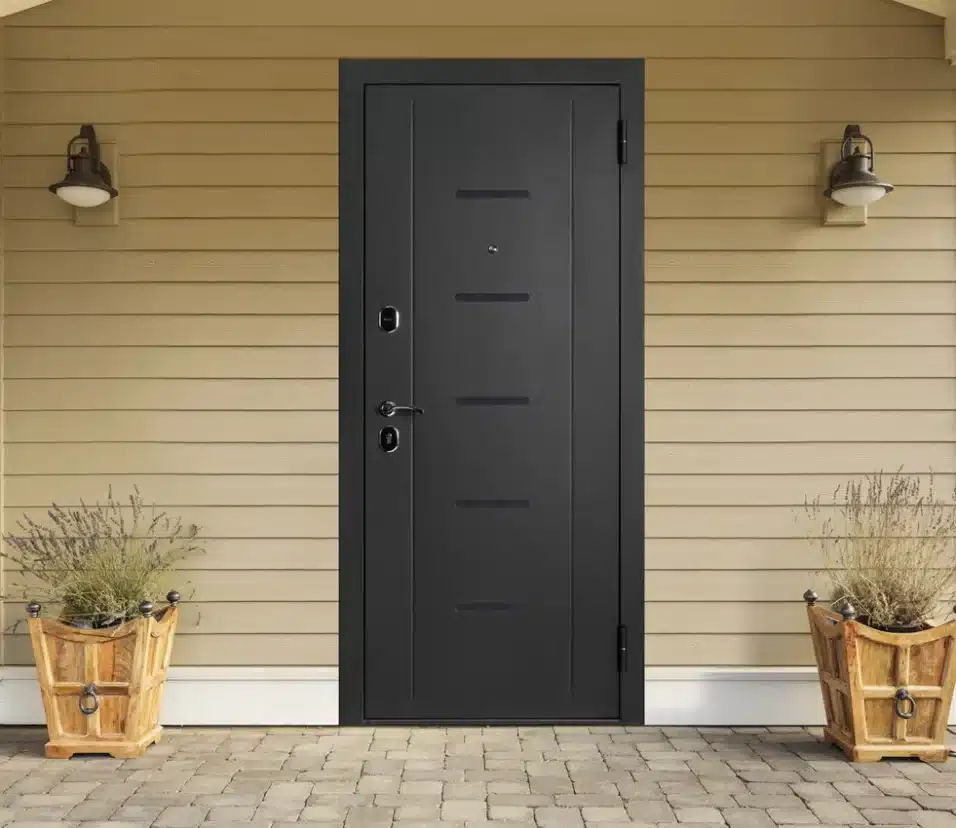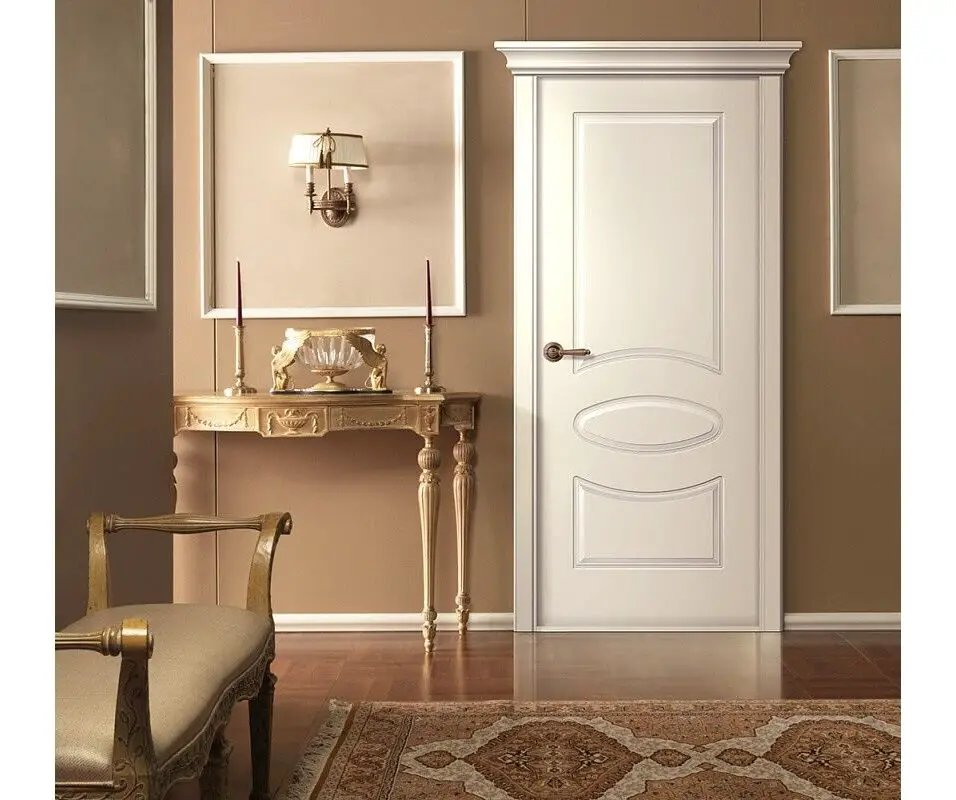How To Fix Gap At Bottom Of Exterior Door
Introduction
How To Fix Gap At Bottom Of Exterior Door: This common problem can arise due to factors such as settling, temperature fluctuations, or improper installation. If you’re facing this issue, there’s no need to fret. This comprehensive guide aims to empower you with practical knowledge and step-by-step instructions on how to effectively address and rectify the gap at the bottom of your exterior door. Whether you’re dealing with an old door showing signs of wear and tear or a new installation that needs some adjustments, the solutions outlined here will equip you with the tools to restore your door’s functionality and appearance.
Explore this guide’s ways to improve your DIY skills and regain control over your home’s insulation, beauty, and security. Various methods are available for different situations and ability levels, from simple modifications and weatherstripping replacements to more sophisticated solutions. Let’s renovate your external door into a weatherproof barrier that improves your living area.

What is the best bottom door seal?
M-D Building Products Cinch Slide-On Under Door Seal
Several effective options are available:
- Door Sweeps: These are flexible strips that attach to the bottom of the door and effectively seal gaps between the door and the floor or threshold. Door sweeps are versatile and suitable for most situations.
- Thresholds: Thresholds are installed at the base of the door frame and provide a solid barrier against drafts and moisture. They come in different materials, including aluminum, wood, and vinyl. Thresholds are particularly useful for larger gaps or doors that need a more robust sealing solution.
- Weatherstripping: Weatherstripping materials, such as adhesive tapes or strips made of rubber, foam, or felt, can be used to seal the gap at the bottom of the door. They are cost-effective and can work well for smaller gaps. Weatherstripping is easy to install and replace as needed.
- Automatic Door Bottoms: These are advanced sealing devices that automatically drop a seal when the door is closed, creating an airtight barrier.
Should I seal the bottom of exterior door?
Yes, it is highly advisable to seal the bottom of an exterior door.
There are several reasons for this:
- Energy Efficiency: Unsealed gaps at the bottom of exterior doors can allow warm or cool air to escape, leading to energy wastage. Proper sealing can help maintain a comfortable indoor temperature and reduce heating and cooling costs.
- Weather Protection: Sealing the bottom of the door helps prevent rainwater, snow, and moisture from entering your home, which can lead to damage, mold, and rot over time.
- Pest Control: Gaps in doors provide an entry point for insects and pests. Sealing the bottom of the door can help keep your home pest-free.
- Comfort: A properly sealed door provides better insulation and comfort by reducing drafts and cold spots near the floor.
- Security: Sealing the bottom of the door can also enhance security by making it more difficult for intruders to access your home.
Why is there a gap at the bottom of my door?
Having a gap allows for the smooth opening and closing of the door, preventing scraping and wear of the door itself or the floor underneath. There are safety concerns to consider as well. In general, the gap beneath an interior door will be between three-quarters of an inch and half an inch.
The presence of a gap at the bottom of your door can be attributed to several factors:
- Settling and Shifting: Over time, buildings settle and shift due to various reasons like changes in the foundation, settling of the structure, or natural wear and tear. These shifts can lead to doors becoming misaligned, causing gaps.
- Uneven Floors: If your flooring is uneven or if it has changed over time, it can result in a gap at the bottom of the door. This is particularly common in older houses or those with hardwood floors that can settle unevenly.
- Swelling and Shrinking: Wooden doors, in particular, are susceptible to swelling and shrinking with changes in humidity and temperature. During humid conditions, they may expand, and in dry conditions, they may contract, creating gaps.
- Wear and Tear: Frequent use of doors can cause them to sag or shift on their hinges, resulting in gaps.
- Poor Installation: If a door or its frame was not installed correctly, it can lead to gaps. An improperly hung door may not be level, causing a gap at the bottom.
- Intentional Design: In some cases, doors are intentionally designed with gaps at the bottom to allow for air circulation or to accommodate certain floor types.
Understanding the specific cause of the gap is crucial for determining the most appropriate solution to address it effectively.
What is the bottom gap on a door called?
The gaps at the bottom of doors are often called “thresholds.” There are a few reasons why doors have these gaps: Airflow: A small gap at the bottom of a door allows air to circulate between rooms. This is important because it helps regulate temperature and humidity levels in different areas of a building.
The bottom gap on a door is often referred to as the “door gap,” “threshold gap,” or “bottom clearance.” This gap serves various purposes:
- Functionality: The gap allows the door to swing open and closed without scraping against the floor or threshold, ensuring smooth operation.
- Clearance: It provides clearance for different types of flooring materials, including carpets, rugs, tiles, and hardwood floors.
- Ventilation: The gap can allow for some airflow between rooms, which can be important in cases where ventilation is needed, such as for heating, cooling, or HVAC return air.
- Sealing: While doors need a gap for the reasons mentioned above, it’s essential to seal this gap correctly to prevent drafts, moisture, and pests from entering your home, which can compromise energy efficiency and comfort.
What is the best gap under a door?
Remember less is better or you may damage the door’s structural integrity.
In general, a small gap is desirable for the following reasons:
- Functionality: A small gap allows the door to open and close smoothly without scraping against the floor or carpet. It ensures that the door can operate without resistance.
- Clearance: It provides clearance for various floor types, including carpets, rugs, tiles, and hardwood. Different flooring materials have different thicknesses, and a small gap accommodates these variations.
- Ventilation: The gap can allow for air circulation between rooms, which can be essential for HVAC systems to function correctly and maintain indoor air quality.
- Accessibility: A small gap can be more accessible for those with mobility aids, like wheelchairs or walkers, as it reduces the need for additional modifications.
Which door seal is best?
- Double Draft Seals also will not damage the surface of your door – no nails or screws needed.
- Triple Draft Seals are made with a fabric cover and foam inserts, so they will not damage the surface of your door.
- Aluminum Door Sweeps are a permanent solution that are attached to the interior of the door with screws.
The choice of the best door seal depends on factors like the type of door, the size of the gap, and your specific needs. Several effective door seal options are available:
- Door Sweeps: These flexible strips attach to the bottom of the door and are effective at sealing gaps between the door and the threshold. They come in various materials like rubber or silicone and are suitable for most situations.
- Thresholds: Thresholds are installed at the base of the door frame and provide a sturdy barrier against drafts and moisture. They come in different materials, such as aluminum, wood, and vinyl, and are ideal for larger gaps or uneven floors.
- Weatherstripping: Weatherstripping materials, like adhesive tapes or strips made of rubber, foam, or felt, can seal the gap at the bottom of the door effectively. They are cost-effective and suitable for smaller gaps.
- Automatic Door Bottoms: These advanced sealing devices automatically drop a seal when the door is closed, creating an airtight barrier.
The choice of the best door seal should be based on your specific circumstances and needs. For most standard applications, door sweeps and weatherstripping are commonly used and effective.
Do doors need a gap at the bottom?
A well fitted door should have a 2mm gap on either side and at the top. The gap at the bottom will depend on the thickness of your flooring/carpet.
Yes, doors do need a small gap at the bottom for several reasons:
- Functionality: A small gap allows the door to swing open and closed freely without friction against the floor. This ensures that the door operates smoothly.
- Clearance: It accommodates carpets, rugs, and uneven floors.
- Ventilation: When heating or cooling systems are activated, the space permits airflow between rooms, which helps ventilation.
- Accessibility: Disability access A narrow gap eliminates the need for adjustments for wheelchair users.
How do you seal a large exterior gap?
In order to fill a large gap, it is best to work in single, well-done layers one at a time
Sealing a large exterior gap under a door requires a combination of methods:
- Threshold Installation: Start by installing a threshold at the base of the door frame. Thresholds come in various materials and styles, and choosing one that matches your door and floor type is crucial. Make sure it’s wide enough to cover the gap.
- Door Sweep: Attach a door sweep to the bottom of the door. Choose one that is suitable for exterior use and has a robust sealing mechanism. The sweep should extend down to contact the threshold, creating a tight seal.
- Weatherstripping: Consider using adhesive weatherstripping tape or strips in addition to the threshold and door sweep. Apply these along the sides and top of the door frame to ensure a comprehensive seal.
- Filler Material: For exceptionally large gaps or uneven surfaces, you may need to use filler material, such as foam weatherstripping, in addition to the other methods. This will help create a continuous seal along the entire perimeter.

Conclusion
Addressing the gap at the bottom of your external door is a crucial home repair chore. This exploration and solution-seeking has given you the knowledge and abilities to fix a frequent but ignored issue. By reaching this conclusion, you may close the gap and improve your home’s efficiency, comfort, and security. Beyond the practical benefits, this journey has also demonstrated the empowerment that comes with taking matters into your own hands.
Remember, a properly sealed exterior door bottom is not just a matter of aesthetics, but a shield against the elements and a barrier against unwanted intrusions. As you eliminate drafts, vermin, and energy waste, you gain control and accomplishment. With your new knowledge, you can turn your home into a safe, secure, and efficient haven one well-fitted door at a time.



